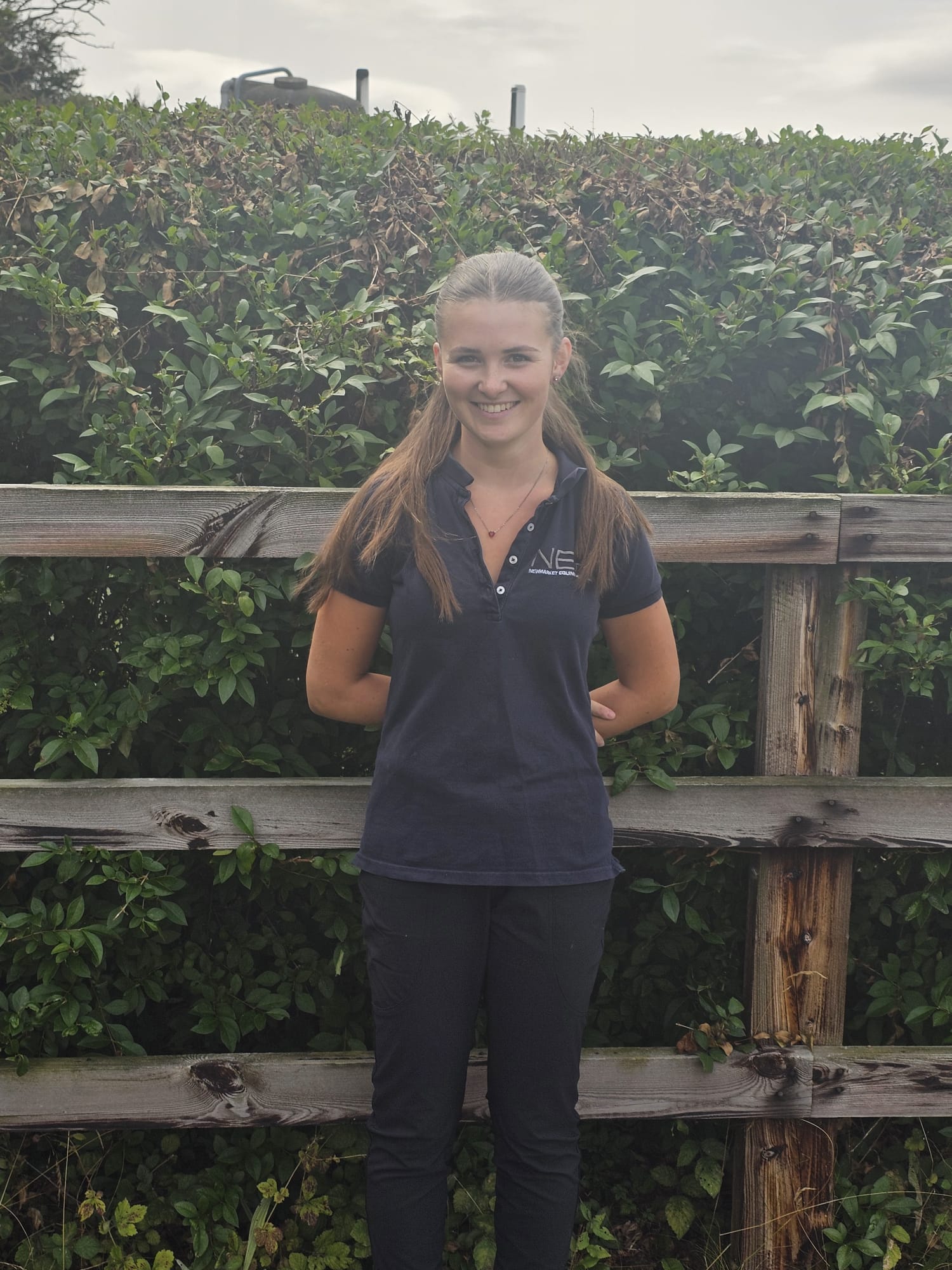Diagnostic imaging is a term used to describe methods which allow us to visualise structures and activities inside the body.
At NEH with have an extensive range of diagnostic imaging equipment. These include radiography, ultrasonography, nuclear scintigraphy, computed tomography and magnetic resonance imaging.
Each imaging method provides different diagnostic information and they can be used individually or in combination to help us identify the cause of clinical problems.
Radiography uses x-rays which are projected towards the area being imaged. The density of the tissue determines how much radiation is absorbed and this information is converted into a 2-D image. Radiography is very useful for imaging bones, but less so for soft tissue.
NEH has multiple digital radiography systems for use in the dedicated x-rays suites, in theatre and for use on the yard for horses which are unable to be moved.

Ultrasonography creates sound waves which are projected into the body and reflected by internal structures, creating ‘echoes’. These are then recorded and displayed as an image without the use of radiation. This technique is particularly useful for tendons, muscles and internal organs.

Nuclear scintigraphy is used primarily to assess functional rather than anatomical changes, predominantly in the skeleton of the horse. The technique involves the injection of a radioactive substance which is taken up in greater quantities in areas where a disease process is present. Gamma cameras are then passed over the body to capture images of these ‘hot spots’ or areas of pathology.
NEH installed a new MiE Equine Scanner H.R. in 2020. This is a top of the range scanner boasting the largest field of view available, quick and easy positioning through a floating gantry, and an integrated acquisition and processing system for parallel acquisition and processing.

Computed tomography (CT) scanners take a series of very thin x-ray images from different angles and, using a sophisticated computer, converts them into 3-D images. The technique involves the use of low levels of radiation.
Unique within Europe, NEH runs a light-weight portable in theatre CT scanner which is used routinely for imaging of fractures, and has revolutionised our understanding and surgical treatment of fractures in the horse.

Magnetic resonance imaging (MRI) is a complex technique. The patient’s limb is placed in a strong magnetic field and pulsed radiowaves are applied. Computer software then converts the returning signals into detailed images. MRI does not involve radiation and horses need to be sedated to minimise movement during the procedure.
NEH installed a Hallmarq standing MRI unit in 2008 which is used for imaging of feet and lower limbs up to the carpus (knee) and tarsus (hock).

Gaynor Minshall leads the diagnostic imaging department assisted by a team of Diagnostic Imaging Technicians headed by Charlotte Mumby.
BVSc Cert ES(Orth) Dipl.ECVDI MRCVS

BVSc Cert ES(Orth) Dipl.ECVDI MRCVS
Gaynor graduated from the University of Bristol in 1998 and following an internship and experience in first opinion practice joined the referrals team headed by Ian Wright in 2002. She gained the RCVS Certificate in Equine Surgery (Orthopaedics) in 2007 and became a partner at Newmarket Equine Hospital in 2011. Following the European College latterly developing a large animal track residency in Diagnostic Imaging, Gaynor achieved Diplomate status in Veterinary Diagnostic Imaging in 2019 and is a RCVS and EBVS recognised specialist in Veterinary Diagnostic Imaging.
Our Practices
Our Practices

BVSc MRCVS
Jess graduated from the University of Liverpool in 2025 and joined NEH shortly afterwards. Jess is very excited to continue her training at NEH and has a particular interest in surgery and sports medicine.

BSc VetMB MRCVS
Jeremy qualified as a vet in 1998 from Cambridge University having previously done a degree in Animal Science at Nottingham University.
He enjoys all aspects of equine practice, especially sport and leisure horse veterinary work and equine dentistry. He is normally accompanied by his trusty canine companion, Ricky (from Romania) while out on his visit rounds.
He is a keen polo player in his spare time and loves breeding and training young ponies.